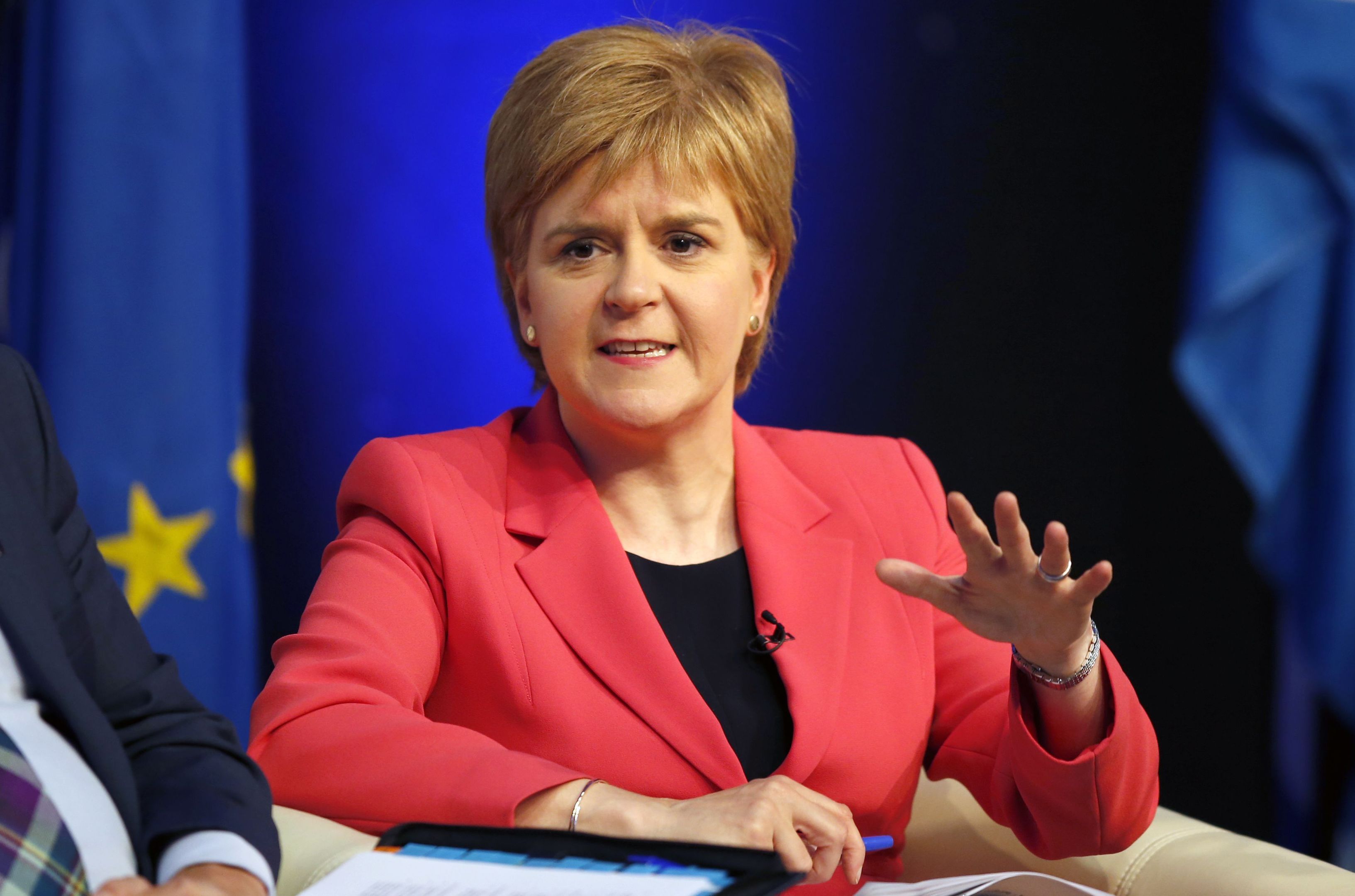
Scotland’s deficit was £14.8 billion for 2015/16 amid plummeting oil and gas revenues, according to new figures.
The Government Expenditure and Revenue Scotland (GERS) statistics show a deficit of £14.8 billion when a geographic share of North Sea revenues is allocated to Scotland.
That amounts to 9.5% of Scottish GDP, compared with the overall UK deficit of £75.3 billion – 4% of UK GDP.
North Sea revenue fell from £1.8 billion in 2014/15 to £60 million, reflecting a decline in total UK oil and gas revenues.
The figures also show Scotland’s onshore revenues grew by £1.9 billion.
First Minister Nicola Sturgeon said “the foundations of our economy remain strong”.
She said: “The lower oil price has, of course, reduced offshore revenues, with a corresponding impact on our fiscal position – this underlines the fact that Scotland’s challenge is to continue to grow our onshore economy.
“However, Scotland’s long-term economic success is now being directly threatened by the likely impact of Brexit.
“Today’s figures come a day after analysis from the Scottish Government showed that taking Scotland out of the European Union and our place in the world’s biggest single market would make the task of growing and diversifying the Scottish economy even harder.”
Scottish Secretary David Mundell said: “Scotland weathered a dramatic slump in oil revenues last year because we are part of a United Kingdom that has at its heart a system for pooling and sharing resources across the country as a whole.
“It is important that continues and the financial deal between the UK and Scottish governments, struck last year as part of the transfer of new tax and welfare powers to Holyrood, means real security for Scotland.”
According to the latest report, Scotland’s deficit in 2014/15 stood at £14.3 billion, 9.1% of Scottish GDP.
The figures also show that Scottish public sector revenue, including an illustrative geographic share of North Sea revenues, was estimated as £53.7 billion – the equivalent of £10,000 per person and about £400 per person lower than the UK average.
Meanwhile, public spending in Scotland totalled £68.6 billion.
This is equivalent to 9.1% of total UK public sector expenditure, and £12,800 per person, which is £1,200 per person greater than the UK average.
Scottish Labour leader Kezia Dugdale said: “Today’s figures should act as a reality check for those calling for another independence referendum.
“It’s clearer than ever that Scotland benefits from pooling and sharing resources across the UK.
“Being part of the UK means higher spending on the public services like education and the health service that we all rely on. That’s a strong, positive case for Scotland remaining in the UK – our most important social and economic union.”
Scottish Liberal Democrat leader Willie Rennie said: “The nationalists’ case for independence has been swallowed up by a £14 billion black hole.”
Patrick Harvie, Scottish Greens finance spokesman, said: “These figures will inevitably set off another round of empty rhetoric, just as they do every year, between those who think the SNP can do no wrong and those who think Scotland can never aspire to govern itself.
“In truth, the figures show what has been clear for years – that a strong future for Scotland’s economy will depend on ending our reliance on oil and gas, and investing in the industries of the 21st century instead.”
Scotland’s Finance Secretary Derek Mackay said: “It is important to note that GERS represents Scotland’s fiscal position under the current constitutional arrangements.
“The position if Scotland was to become independent would depend on a range of factors which are not reflected in this publication.”
Scottish Conservative finance spokesman Murdo Fraser said: “Today’s GERSanalysis simply confirms the fact that Scotland benefits massively from being amember of the United Kingdom.
“This union dividend amounted to £1,600 for every man, woman and child last year, according to these figures.
“In recent days we have seen the First Minister fear-mongering over the UK’s decision to leave the EU in the hope she can hide the flaws in her own separation plan.
“It is time she acted like a proper First Minister, ended her unwanted plan to take us back to another toxic referendum, and allowed Scotland to move on.”
READ MORE
SNP deputy leader candidate Tommy Sheppard in warning over Brexit deal
SNP must acknowledge potential downsides of independence to win over No voters, says Angus Robertson

Enjoy the convenience of having The Sunday Post delivered as a digital ePaper straight to your smartphone, tablet or computer.
Subscribe for only £5.49 a month and enjoy all the benefits of the printed paper as a digital replica.
Subscribe